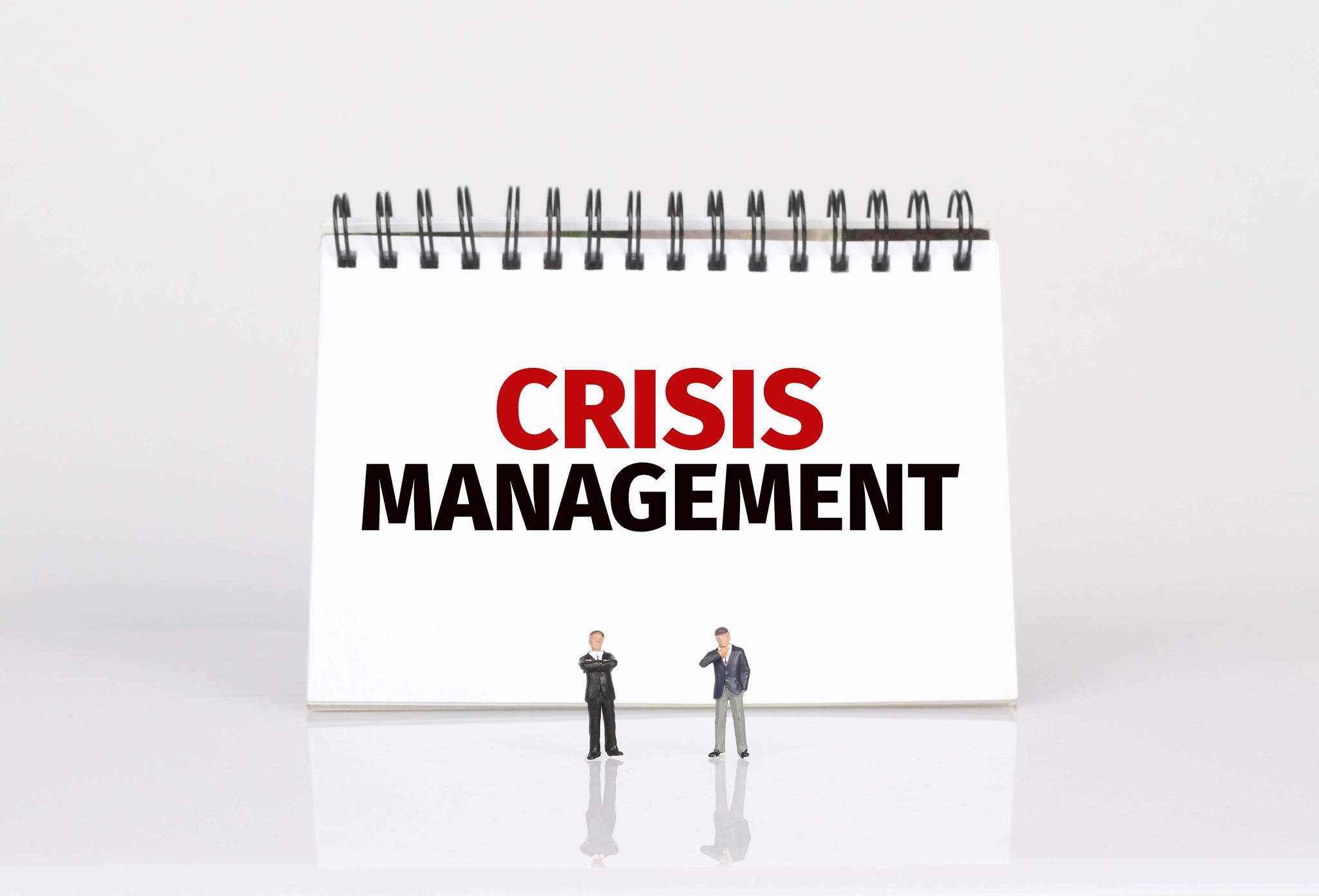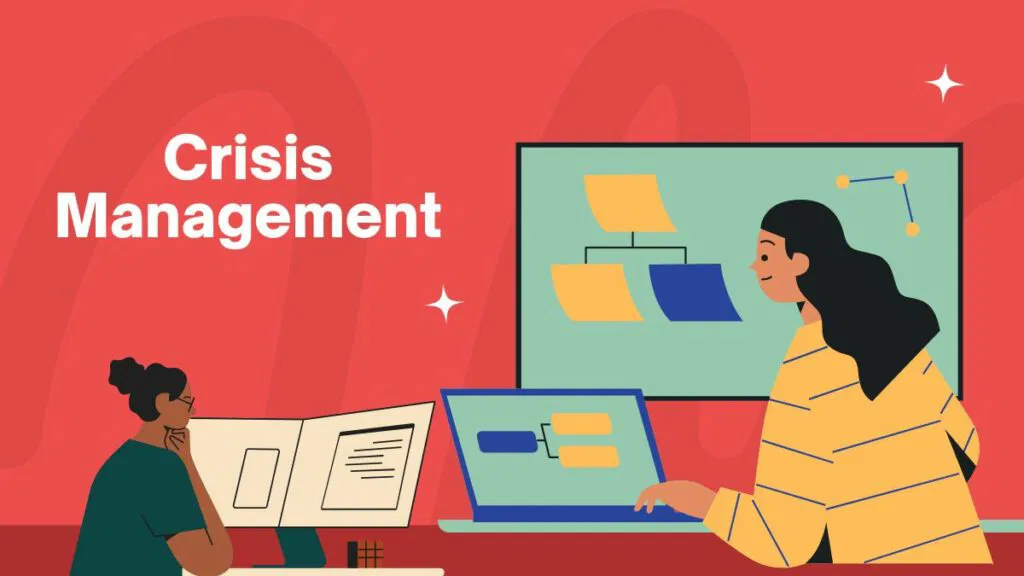Crisis Management Strategies: Expert Advice from Leading CFOs for Short and Long-Term Planning

In today’s fast-changing business world, strong CFO crisis management is more critical than ever. Chief Financial Officers guide their companies through sudden financial changes, supply chain issues, or market uncertainty. However, their job does not stop there; they must think further and plan for long-term success.
Using strong financial crisis strategies and focusing on short-term and long-term crisis planning helps businesses stay stable in difficult times. With good crisis management in finance and clear CFO business planning tips, companies can face problems with confidence and build a stronger future.
What Does CFO Crisis Management Mean?

CFO crisis management means handling short-term money problems and planning for the future. The CFO should act quickly when something unexpected happens, such as a significant drop in sales or rising costs. This involves handling cash, cutting additional expenses, and ensuring the business runs. The CFO must be calm, use precise data, and create innovative alternatives in difficult times.
But dealing with a crisis isn’t just about fixing things right now. CFOs must also think further and prepare the company for future problems. This means making flexible financial plans, using the right equipment to make better decisions, and building a strong system that can handle changes. With strong short-term and long-term crisis planning, good CFO crisis management helps a business survive today and grow stronger for tomorrow.
Short-Term Crisis Planning: Immediate Actions for Stability
Short-term crisis planning focuses on immediate measures to stabilize the organization. Key strategies include:
1. Liquidity Management
Liquidity management means ensuring the business has enough cash for daily costs. It’s important to know how much money is coming in and going out. A three-month 13-week cash flow forecast helps monitor this. This helps the CFO plan better, decide when to save or spend money, and keep the business stable during hard times.
2. Cost Containment
Cost containment is about finding ways to reduce unnecessary expenses to save money. It’s essential to look at the business in a crisis and find ways to save money. This can mean getting cheaper deals, waiting to buy big things, or spending less for a short time. The aim is to free up cash for the most essential needs without hurting the main work of the business.
3. Stakeholder Communication
Stakeholder communication is about keeping everyone informed and involved in activities. It includes employees, investors, suppliers, and other larger groups. Being open and honest with them provides confidence and helps maintain good conditions, especially when uncertain. Good communication ensures that everyone understands the situation, knows what measures are implemented, and can help find solutions. Working together to remove the challenges becomes easy when stakeholders are kept in the loop.
Long-Term Crisis Planning: Building Organizational Resilience

Long-term crisis planning includes strategies that increase the organization’s ability to meet future disruption. Key components include:
1. Strategic Financial Planning
Strategic financial planning means making clear money plans to help the business handle different situations. This helps the company get ready for problems like a sudden drop in sales or extra costs. The CFO checks how the business would manage in tough times and makes backup plans to keep things running smoothly if something goes wrong.
2. Investment in Technology
Investing in technology is about using modern tools such as artificial intelligence (AI) and automation to make professional processes more effective. These tools help companies collect and analyze data faster, making the decision easier and more accurate. For example, AI may predict future trends or risks, so that the company can plan further and avoid potential problems. Using technology, companies can respond faster and smarter when facing challenges, which benefits them in a crisis.
3. Workforce Development
Workforce development means helping employees learn and grow so they can handle changes in the business. This includes training to learn new skills or do different jobs, called cross-training. It also means teaching leadership skills, so they’re ready to lead when needed.
Including Short-Term and Long-Term Strategies
Effective CFO crisis management requires a mix of short-term and long-term strategies. This holistic approach ensures immediate stability while building a foundation for future resilience. Key practices include:
- Continuous Monitoring: Regular financial results and external factors for identifying new risks.
- Flexible Planning: Make plans that can change easily when things around you change.
- Collaborative Leadership: Work with different teams so you can use everyone’s ideas to make better decisions.
Best CFO Business Planning Tips
Here are some helpful and straightforward CFO business planning tips for 2025 based on the latest resources:
- Keep Enough Cash Ready: Ensure the business always has enough money to meet daily needs. Use a 13-week cash flow plan to track money coming in and out. This helps plan and avoid surprises.
- Use Smart Financial Tools: Instead of only spreadsheets, try QuickBooks or Oracle NetSuite, which offer AI-driven analytics and real-time data. These tools help CFOs see financial trends clearly and plan more easily and quickly for different situations.
- Use Smart Tools: AI and automation tools like Xero, and SAP Concur help save time and avoid mistakes.
- Be Ready for Risks: Create firm plans to handle risks. Look at what could go wrong, make backup plans, and set up controls to prevent problems. This helps protect the company from sudden shocks.
- Train and Support the Team: Help employees learn new skills and become flexible. A trained team can handle changes better and keep the company strong in the long run.
Final Thoughts
CFO crisis management is a continuous process that combines quick actions with long-term planning. By using strong financial crisis strategies and balancing short-term and long-term crisis planning, CFOs can guide their companies through difficult times and establish them for future success.
Embracing new ideas, staying adaptable, and keeping communication clear are key to effective crisis management in finance. Following CFO business planning tips can help managers make wise decisions, manage risks, and ensure their organization is ready for anything the future holds.
Stay updated with the latest insights on the HubDigit blog.
FAQs
1. What is the role of the CFO in crisis management?
Lead the risk management and mitigation of the crisis at hand.
2. What are the 5 P’s of crisis management?
The 5 P’s of Crisis Management are Predict, Prevent, Prepare, Perform, Post-Action and Assessment
3. What does CFO stand for in management?
The chief financial officer (CFO) is the highest-ranking finance professional in an organization and is responsible for the business’s financial health.
